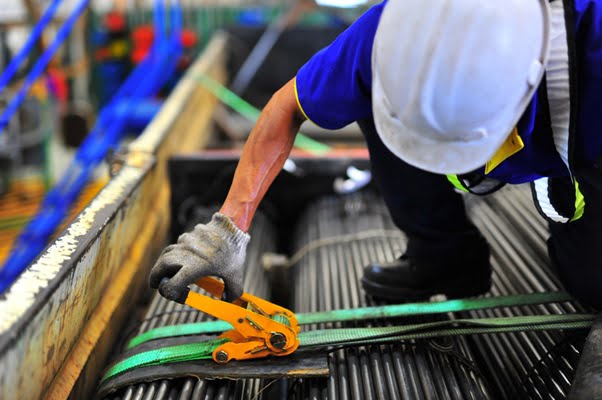

strapping packages
If you’re in a business that prepares packaging for shipping, then you’ll know that optimising your operation can save you both time (in labour) and money (by reducing waste, improving efficiency, and minimising damage). However, there is such a range of products available in the marketplace, it can be overwhelming and confusing. We look into the most commonly asked questions posed to strapping tool suppliers.
1. How do I choose the best pallet wrapping machine for my business?
There are many pallet wrappers available, each suitable for different requirements and needs. A pallet wrapping machine will cut your labour costs and expenses of stretch film, boost production, and minimise on-site injuries.
To determine what you need, look at your production output. How many pallets do you want to wrap every day? If you only need to wrap less than 15 pallets per day it means you will be able to invest in a manual machine. If your daily load exceeds this, then you will need to factor in the following before you choose a machine. What is the environment you will be packing in? Are the pallets standard, or large or an odd size? The answers to these questions will determine the right machine for your purposes.
2. What’s the difference between a strapping tool and a machine?
A strapping tool is a handheld device (either battery or pneumatic) that needs to be operated by an individual. They will apply the strapping around the product and then use the machine to tighten strapping, apply tension, and seal. A strapping machine feeds strapping around a product automatically and applies the correct tension and sealing. Automated strapping machines can have other functions added, including bearer inserters or side compression to square the load.
3. Can I recycle used strapping?
Yes, used strapping can be recycled as long as it is clean and uncontaminated, chopped and stored in a sack. There are bespoke strap recycling machines available, which turn used strapping into a recyclable product. The benefit is that you can reduce waste costs and take a more sustainable approach in your business.
4. Which strapping performs best?
There are three strapping materials available in the market: steel, polyester (referred to as PET), and PP (referred to as polypropylene). Steel strapping has historically been used, but in the past decade, PET strapping has become more popular. It has been shown to be safer, easier to apply, strong and meets operational standards.
When securing pipes and tubing steel strapping is still preferable, because PET strapping tools aren’t able to work with very small bundles, and cannot be used on items that are hot. PP strapping is best to use for light applications (like closing small boxes and empty cartons) or for small mixed pallets. Because it stretches, it cannot be used for compressing heavy, large products.
5. What do I need to do to prevent shipments from arriving with moisture damage?
Moisture inside international shipping containers is a problem for all businesses shipping items. High temperature and humidity at sea cause something we refer to as ‘container rain’ which leads to damage of cargo. A product called Cargo Guard can be used inside shipping to prevent this, so cartons and labels are not weakened by humidity. It stops the formation of mould and mildew and prevents rust and corrosion.
6. What’s the best way to remove plastic strapping?
Plastic strapping is applied under tension and retained tension. This means it must be removed carefully. Always wear eye protection because it can cause serious cuts or blindness. Here are the steps to follow:
- Place a hand on one side of the poly strapping to be cut.
- Place your body in front of your hand, holding down the strap (away from the free side of the material).
- When the strapping is cut, the free side will not fall towards you.
7. Does the strap thickness indicate how strong it is?
No, not necessarily. Some straps are heavily embossed. This increases thickness but will reduce strength. Strength depends on a range of factors, so read the product specifications to ensure you are getting the strength you need.
8. How fast are polypropylene strapping machines?
The model you’ve purchased will determine this. A handheld device will process less per hour compared to automatic or semi-automatic devices. In the case of a fully automated solution, you may be able to process about 130 packages per hour.
9. What is corded polyester strapping?
This very resistant strapping material can be used for fixing and sealing fragile products, without rusting, leaving marks or rotting. Because it’s light, it’s easy to work with. It can be used manually with tensioners and sealers. Because it’s resistant to tearing, it’s ideal for heavy loads, offering resistance for loads of up to 950kg.